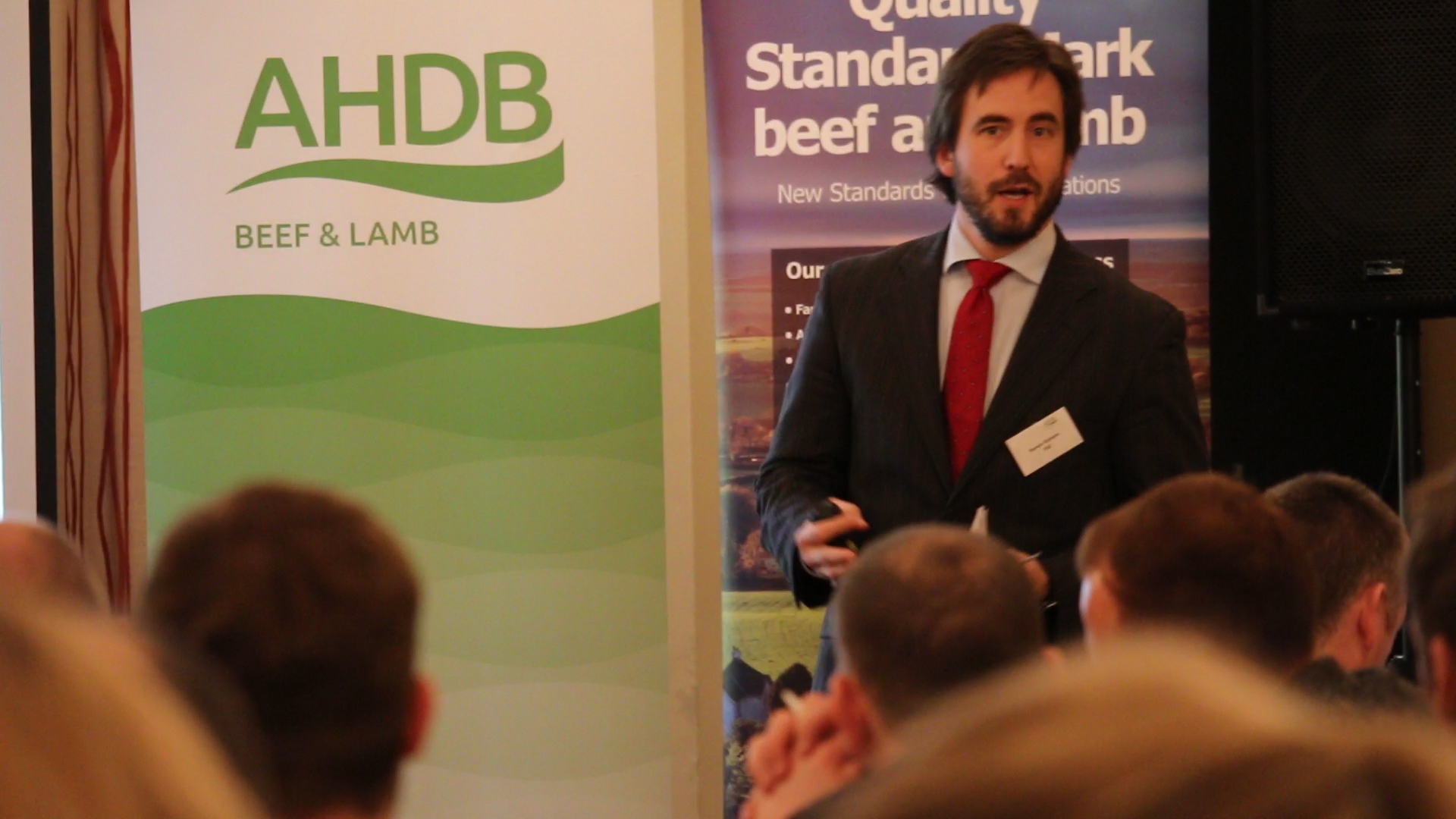



New Inspection Reporting to Improve Livestock Health
UK - The British meat and livestock sector is to establish new systems and protocols for reporting abattoir meat inspection results along the food chain.The new system for the collection and communication of inspection results (CCIR) is expected to be established across the beef and sheep sectors by May.
Speaking at the AHDB Beef and Lamb Processor Conference in Stratford of Avon, Ouafa Doxon, the AHDB CCIR project Coordinator, said that the present system was not working because there were too many conditions and it was not presenting accurate results.
She said that better standardisation was needed as there were too many interpretations of the conditions.
She added that there was inconsistency in the data being fed back to the livestock farmers about the inspection results and sometimes here was no data at all.
“The farmers do not trust the data or its quality,” Ouafa Doxon told the conference.
“Framers do not act on the data they receive. We have to motivate the farmers to use the data.
“There are a lot or areas we need to explore.”
Now the Food Standards Agency, AHDB Beef and Lamb and other members of the beef and lamb sectors have designed a more focused post-mortem condition inspection list, which farmers will be able to address at source.
The post mortem condition list for each species has been review by producers, vets, universities and processors with the aim of delivering a more robust system of collecting and communicating data back to farmers.
It is designed to help them take steps and if necessary address specific issues that affect the health and welfare of their herds and flocks and it is hope it will lead to healthier herds and a more sustainable and efficient industry.
“We need to understand what data we need to collect and have to decide what is useful data,” Ramon Romero, the organisational change manager at the FSA told the conference.

He said that the project was building a new FSA IT platform to make it easier to communicate the data collected to farmers and the improvements would standardise the way the information is recorded by meat inspectors across the country.
He said that the information that is passed back to the farmers has to be relevant and has to affect public health, animal health or animal welfare.
“We are building systems to ensure that the data is reliable and that farmers can take action on it,” he said.
Mr Romero said that a platform has already been built and tested for poultry and by the time it is built for sheep and cattle it will have been fully tested to ensure it is working effectively.
The platform will standardise the reports, the on-screen layout and the way the system is used in different abattoirs.
To make accurate recording more accurate, the number of conditions at the disposal of meat inspectors to record has been halved, producing a total of 18 post mortem conditions for sheep and 15 conditions for cattle.
The primary focus will be on endemic conditions in herds and flocks that producers will be able to act upon to improve health and welfare and reduce production losses.
Ouafa Doxon said that this will ensure that when meat inspectors work at different abattoirs they will not have to familiarise themselves with different systems
“By improving consistency, it will motivate the producer to do something with the data,” she said.
If conditions are identified in the inspections, farmers will be able to tap into resources such as the AHDB Beef and Lamb Better Returns Programme to help identify causes of carcase rejection and what steps can be taken to remedy the problems and prevent them returning.
The list of conditions is at present subject to consultation which will be concluded on 7 March and the new platform is scheduled to be launched in May.
The AHDB has also launched a project to develop an exchange hub to share information on bovine TB, Johne’s, BVD and Farm Assurance with test data accessible by auctions, abattoirs and producers.
The year-long feasibility study set up using money from the Agri-Tech Catalyst fund was started last year.
Joseph Keating, the AHDB regional manager for the South West said that it is expected to help reduce trading risks by sharing disease status shown at auction sales, or farm-to-farm sales, increase focus on health and the value of disease data, resulting in more testing, more scheme participation, more vet-farmer discussions and increased efficiency in data handling.
It is also hope to provide infrastructure for disease control programmes such as the BVD Free initiative and provide a further stimulus to innovation, including potential linkage to Agri-Tech centres.



